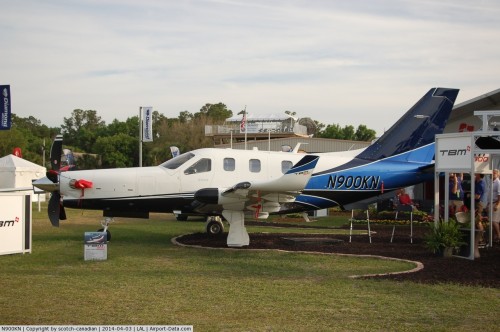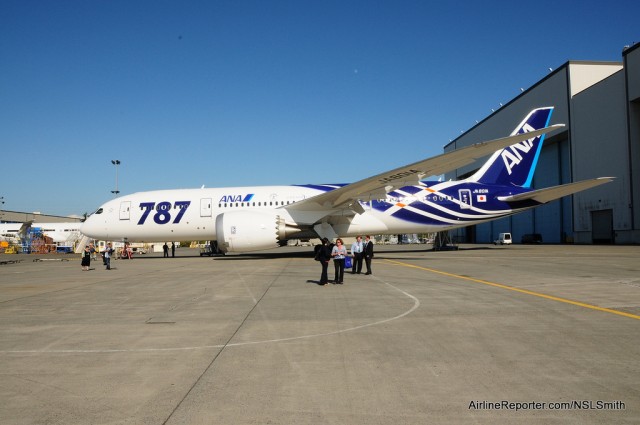
Socata TBM 900 N900KN in better days – Photo: scotch-canadian – www.airport-data.com
Throughout the past 35 years, there have been several high-profile cases of aircraft crashes due to cabin depressurization, with one of these being an airliner. Aircraft pressurization is actually a pretty simple process on modern aircraft, and is almost always computer-controlled. Aircraft are pressurized through the use of compressed air that is either supplied by bleed air tapped off of the engines, or, as in the case of smaller piston engine aircraft and the Boeing 787, by a compressor on board the aircraft.
This pressurized air is regulated through the means of outflow valves that help to maintain cabin pressure to the design limits of the airframe. Most commercial aircraft are pressurized to an altitude of 8,000 feet, with the main exception being the 787, which is pressurized to 6,000 feet. In very rare cases, however, things go wrong, as was experienced in the tragic loss of a Socata TBM 900 off the coast of Jamaica on September 5th.

The Boeing 787 is designed to be pressurized at 6,000 feet
At roughly 10:00 a.m. Eastern time, TBM 900 N900KN, the first of its type to be delivered, was last heard from by ATC as it made its way from Rochester, NY to Naples, FL. Approximately 40 minutes later, two F-16s from McEntire Joint National Guard Base in South Carolina intercepted the aircraft and found all of its windows frosted over, and according to audio from the fighters, they could see the pilot slumped over in the pilot’s seat, and reportedly he could “see pilot’s chest moving, hopes he regains consciousness as unresponsive plane descends.”
It is not known at this time what exactly happened, but the frosted windows are one indication of a rapid depressurization of the cabin. The aircraft continued on the last heading programmed into its autopilot for roughly 1,200 miles before finally running out of fuel. Tragic as it is, this type of incident is not unheard of, as it has happened before with very similar results.